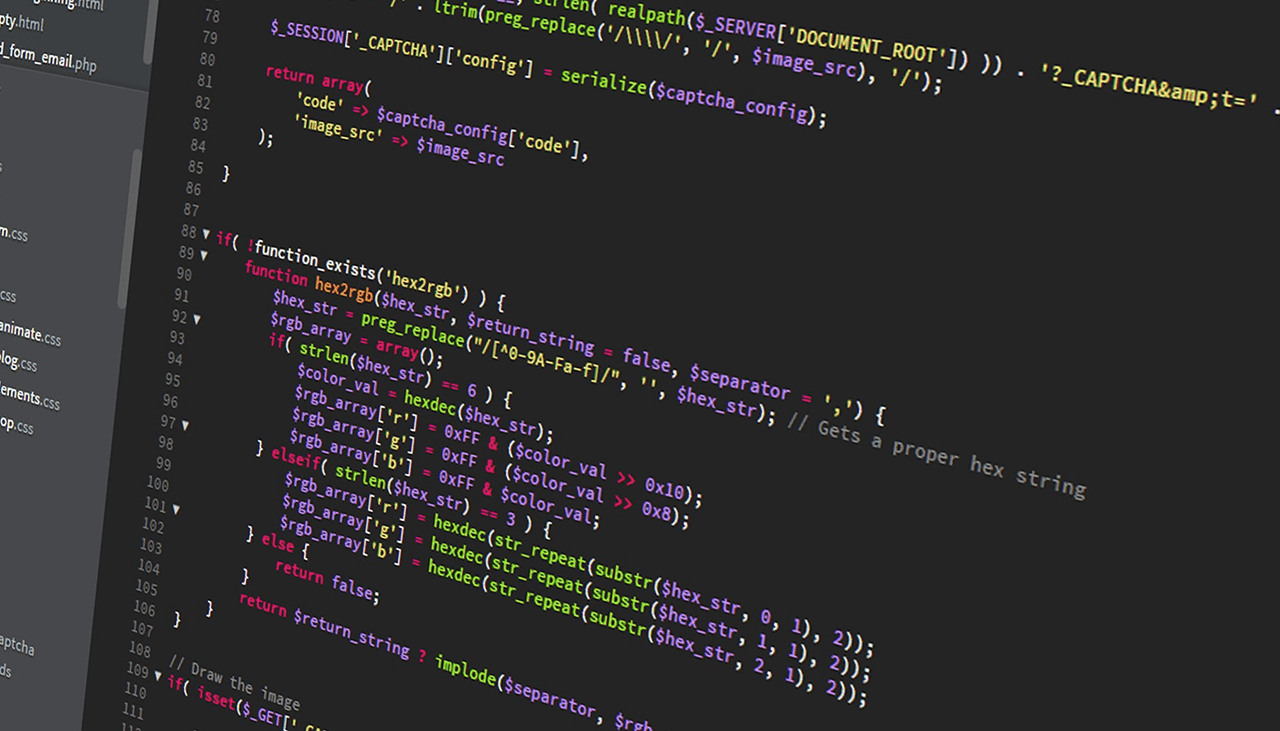Camping is an incredibly fun and rewarding experience that anyone can enjoy. Whether you want to spend some time outdoors in the fresh air and beautiful views, or simply need a place to rest your head for a night, knowing how to set up camp is essential for any camping adventure. Learn key webmaster terms for creating and maintaining a quality website in this blog post! We’ll cover different hosting options, SEO strategies, and more—everything you need to know about crafting an effective site. From beginner-level tips so even novices can learn the ropes easily—to advanced approaches that experienced Webmasters employ—we’ve got all the components of success covered! So let’s deepen those knowledge claws by diving into the helpful world of Webmaster Glossary Terms.
Domain Name
A domain name is an address that users type into their browser to find your website. It’s a unique identifier for your site and helps search engines categorize your content.
Hosting
This term describes the service that stores, processes, and serves all of the files related to your website from a remote server. By hosting it on someone else’s server, you can access the site 24/7 without needing to manage or maintain any hardware yourself.
Website Content Management System (CMS)
CMS stands for Content Management System—a software application used to create and manage digital content such as text, images, video, audio, and more on web pages that can be shared with viewers in different formats. Popular CMSs include WordPress and Drupal.
HTML & CSS
HTML (Hypertext Markup Language) and CSS (Cascading Style Sheets) are the two programming languages used to create web pages. They provide structure for content, formatting for text, links, images, colors, backgrounds, and more — all of which add up to a great website experience!
Search Engine Optimization (SEO)
SEO is an umbrella term that covers various strategies used to increase visibility on search engines like Google and Bing by improving your website’s ranking in their results pages. This can involve optimizing content with keywords, improving site speed or usability, creating backlinks from other sites to yours, etc.
Analytics
Analytics is a term used to describe the process of collecting, analyzing, and reporting data about website usage to gain insights into how users interact with your website or app. It can help you identify areas where you need to improve, track user engagement over time, and measure success against predetermined goals.
Security
Security is an essential aspect of any website or app, as it helps protect user information and data from potential malicious attacks. Common security measures include using encryption, firewalls, malware scanners, and other software to prevent unauthorized access and keep users’ data safe.
Webmaster
A webmaster is someone who manages and maintains a website, often with the help of a team. This can involve setting up hosting, designing and developing content, optimizing for search engines, keeping backup copies of the site in case of emergency, and more.
Website Maintenance
Website maintenance is an ongoing process of keeping a website up-to-date, secure, and running smoothly. This can involve updating content or software regularly, monitoring performance, and responding promptly to any issues that arise.
Accessibility
Accessibility refers to the practice of making a website or application usable by people with disabilities, such as those with vision, hearing, motor, and cognitive impairments. This involves following international standards for accessibility (such as WCAG 2.0) to make sure that everyone can access your content.
Usability
Usability involves making a website easy to use and understand for everyone, regardless of their technical proficiency. This can involve designing an intuitive navigation system, making sure content is organized, providing clear instructions or explanations when needed, and more.
Responsive Design
Responsive design is a method of website design that enables the page to automatically adjust its layout based on the user’s device, allowing it to look great and work well no matter where someone is viewing it from. This can include optimizing for different screen sizes and orientations, as well as making sure all content is optimized for both mobile and desktop users.



